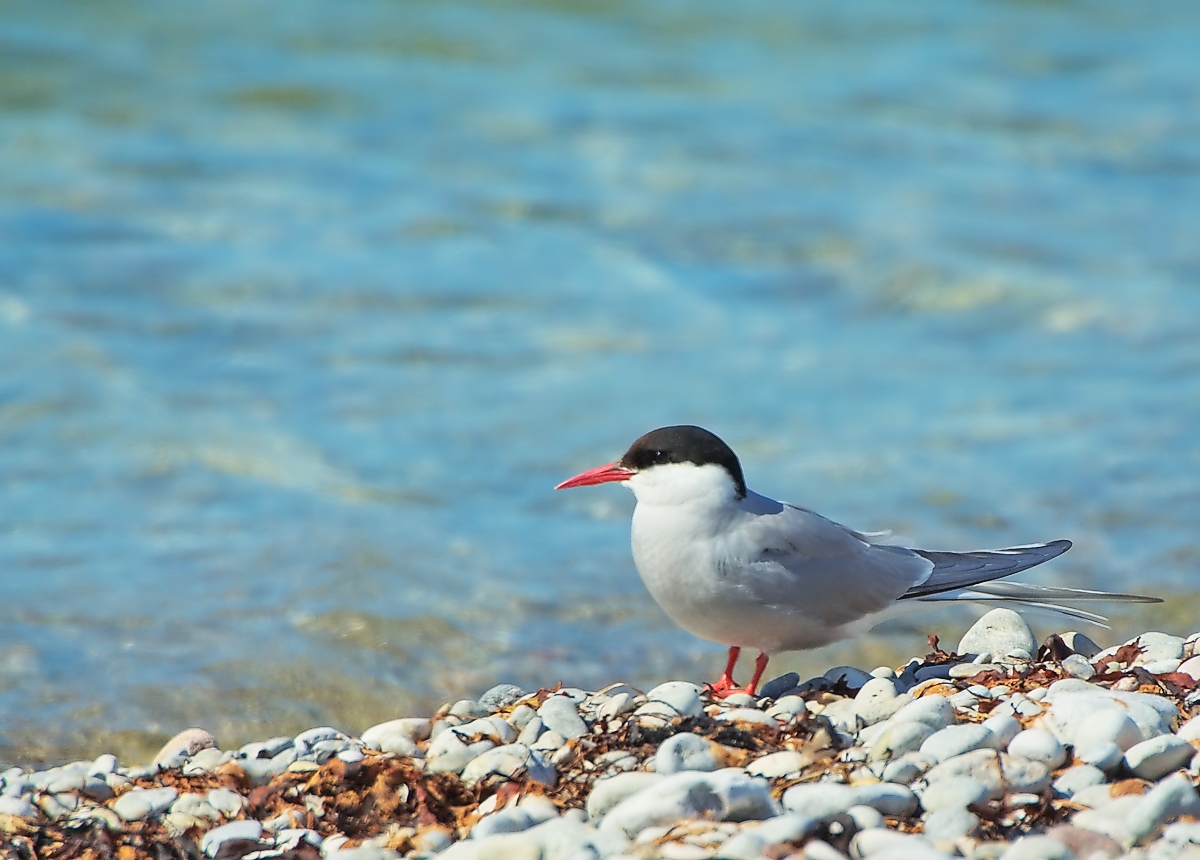The 2018 season for the subsistence migratory bird harvest opened up last week, at the beginning of April, with no major changes made to regulations since the 2017 fall season.
Patty Schwalenberg, Executive Director of the Alaska Migratory Bird Co-Management Council (AMBCC), explains how the council reviews and determines which regulations will be in effect for each harvest season.
“We have ten native caucus members, and there’s one U.S. Fish & Wildlife Service (USFWS) vote, one State vote, and then one Native vote on all the regulations that are brought before the Council. They pass those regulations, and then, they are sent to the FWS Regulations Committee in Washington, D.C., where they are finalized and then put into the federal register.”
Kawerak’s subsistence program director, Brandon Ahmasuk, is also technical support for the Bering Strait regional representative with AMBCC, Jack Fagerstrom. Ahmasuk says it’s important to note that emperor geese can still be harvested this season and during the fall/winter sport season, like they were in 2017.
“It’s something that the people in this region as well as other regions fought for, for a long time, to try to get open again. We had concerns with the way the survey was performed. We had issues that they weren’t counting as many birds as we thought they should.”
Also carrying over from last year is a handicrafts regulation from July, which Schwalenberg says was a big win for many people.
“That allows Alaska Natives to incorporate non-edible migratory bird parts in their handicrafts and then sell them consignment, or directly to non-native people, and that was four years in the making, so that was a huge success for the artists and the AMBCC.”
Although that particular regulation was four years in the making, Ahmasuk points out that this regulation allows Alaska Natives to legally use bird parts for handicrafts for the first time in over a century.
“That was something our people couldn’t do throughout the state, since the migratory bird treaties were signed between the U.S. and Mexico back in 1916, I believe.”
These federal subsistence spring/summer migratory harvest regulations are reviewed annually by AMBCC. Only administration changes were made for this season, but Schwalenberg says the Council is already looking at a separate proposed regulation change for next year.
“For the 2019 season, we had a proposal submitted to change harvest dates within the spring/summer season because of climate change. And so, that is something we are seeing more and more: the birds are either coming earlier, they’re staying later, their migratory patterns are changing. That’s something that we are really trying to keep an eye out for.”
This spring/summer season goes from April 3rd to August 31st and includes a mandatory 30-day closure that each region must choose for their hunters in order to accommodate bird nesting. Schwalenberg reminds those participating in the migratory bird harvest to keep an eye out for dead seabirds this season, too.
Ahmasuk asks that if you find a deceased seabird, make note of the time, location, and temperature if possible; then report your findings to him (sub.dir@kawerak.org) or Gay Sheffield.
Image at top: Arctic tern. Photo: Stefan Berndtsson, shared via Creative Commons.





